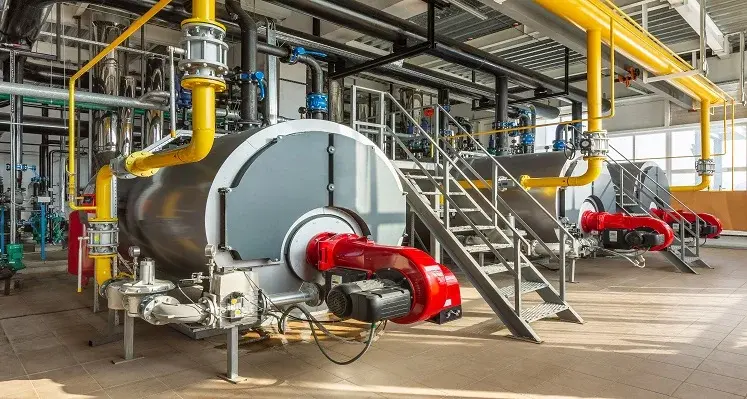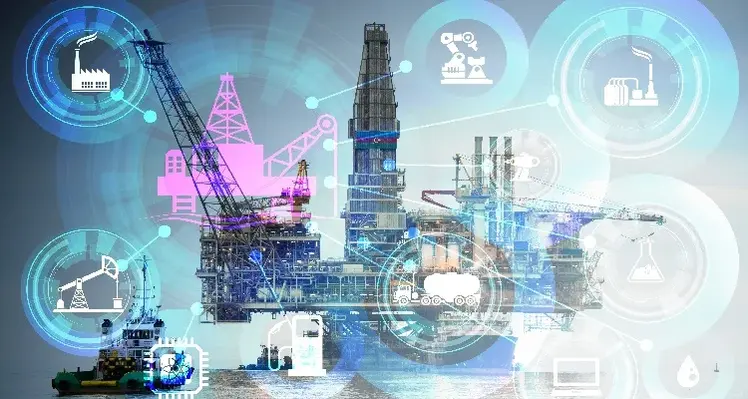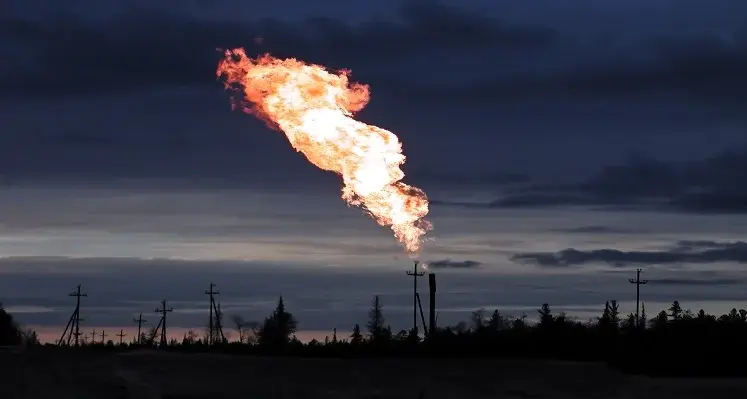
IWS has been recognised for its transformative impact on the oil and gas industry. (Image source: IWS)
Intelligent Wellhead Systems (IWS), a leading provider of innovative automation solutions for oilfield completions operations, has been awarded one of the "Top 10 Companies Revolutionising Oil & Gas in 2024" by Industry Tech Insights magazine












